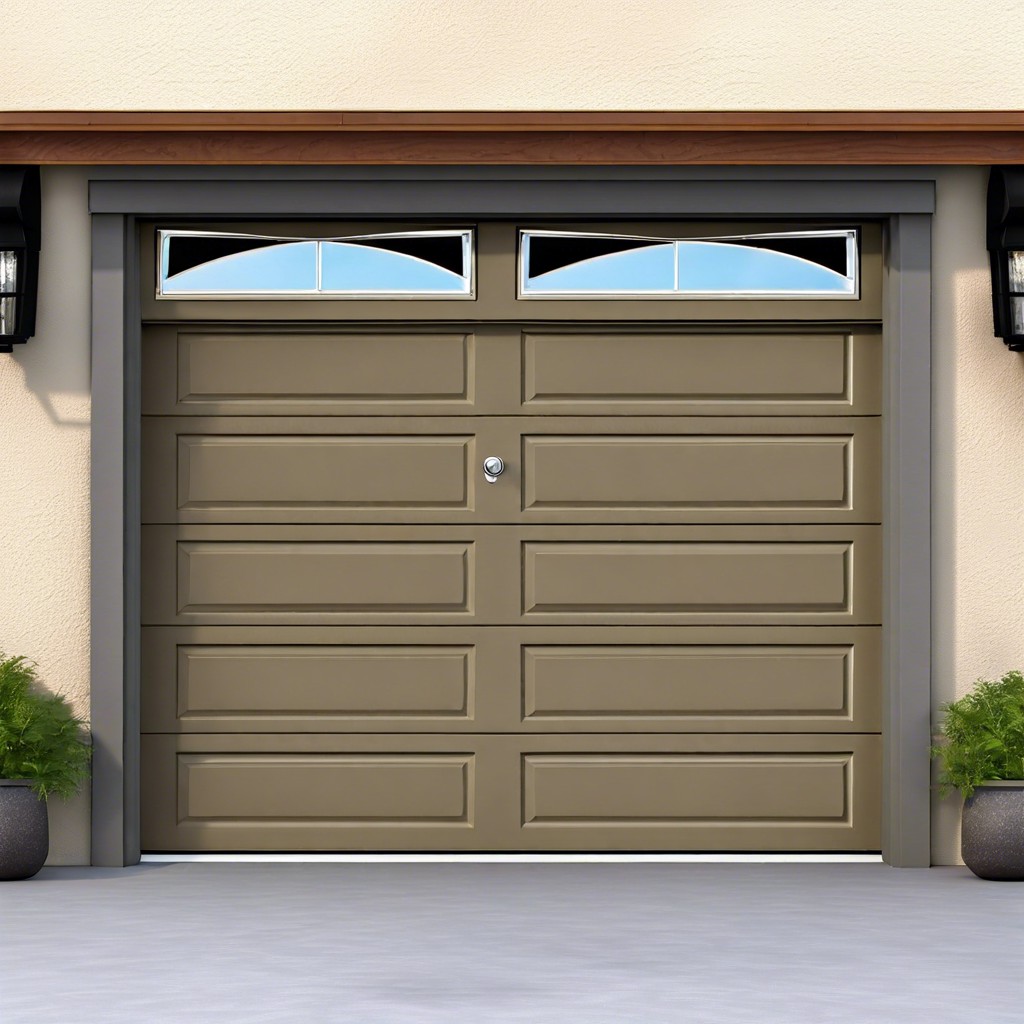Learn how to fix your garage door sensor with simple steps and a sprinkle of humor when it’s not working properly.
Key takeaways:
- Dust and dirt block sensor visibility.
- Misalignment causes sensor standoffs.
- Check and repair any damaged wiring.
- Clean sensors gently with a soft cloth.
- Excess sunlight can disrupt sensor operation.
Common Reasons for Malfunction

Garage doors can be divas, and their sensors are often the main act when they’re not working properly. These tiny sentinels of safety have a few common enemies that tend to throw them off balance.
Dust and dirt, while excellent accomplices in a heist movie, are notorious for blocking the sensors’ view. Imagine trying to watch TV through a muddy window. It’s messy.
Misalignment is another frequent culprit. Even sensors squabble sometimes and fail to see eye to eye. When they’re not aligned, you get a sensor standoff.
Wiring woes can cause trouble too. Rodents might throw a gnawing party on your wires, adding more drama to your garage dynamics.
Power isn’t always constant. A flicker in the electrical supply can be like a caffeine crash for your sensors, leaving them feeling less robust.
With these factors in mind, you can tackle some of the gremlins that sneak into your garage door sensors.
Fix Alignment Issues
Alignment issues can throw a tantrum faster than a toddler missing nap time. Fortunately, fixing them is simpler than trying to reason with said toddler. When sensors decide they’re not on talking terms, they just need a little nudge.
First, locate the two sensors at the bottom of your garage door tracks. They’re like tiny, mechanical spies keeping an eye on things. Make sure they’re facing each other directly, like two old friends having a staring contest.
If one’s looking up at the ceiling or down at the floor, adjust it gently until it lines up with its partner across the aisle. Pro tip: Use a string level across both sensors to ensure perfect alignment. If they insist on being stubborn, try tightening the screws that hold them in place. Sometimes they just need some structure.
Give them a test run by closing the garage door. If it behaves, give it a gold star. If not, it might be time to consider our next step: examining the wiring.
Examine and Repair Wiring
Sometimes, garage door sensors have their own way of playing hide and seek. Messy wiring can lead to mysterious malfunctions.
Check if any wires are visibly loose or frayed. If you spot a rebellious wire, it’s time to secure or replace it. Remember, even wires need a little TLC.
Look for any signs of damage or corrosion, especially where wires connect to the sensor. Corrosion can be the villain that disrupts the connection.
Verify that connections aren’t only about trust but also about tightness. A loose connection can stop the sensors from doing their sensor-ational job!
Use a multimeter to test the voltage if you’re technically inclined. Normal power levels indicate things are electrifyingly functional. If not, power supply issues may be the root cause.
Handling these tasks may require you to channel your inner electrician, but remember, safety first! Always power down the garage door opener before digging into the wiring.
Clean Sensors Carefully
Ah, the humble garage door sensors. Often overlooked and sometimes victimized by the forces of nature—not to mention rogue soccer balls. Keeping them clean is essential.
Dust loves sensors like a cat loves a patch of sun. Gently wipe them with a soft cloth. Perhaps something that would make Mr. Clean nod approvingly.
Avoid sprays that are better suited to battle grime in medieval castles. Instead, a dab of water will do. Remember, grit likes to party where water just nudges.
While you’re at it, check if a curious spider set up camp near the sensor. Evict any eight-legged tenants and clear away webs to ensure nothing obstructs the beam. A clear path leads to seamless sensor performance.
An unobstructed sensor is a happy sensor.
Monitor and Block Excess Sunlight
Sunlight can sometimes interfere with the sensors’ operation, acting like that annoying guest who doesn’t realize they’re not part of the conversation. To tackle this issue:
First, try shading the sensors temporarily with an object to see if sunlight is the potential party crasher.
If confirmed, consider repositioning the sensors slightly or adding small shades or hoods around them. Remember, they’re shy and enjoy a bit of privacy!
Additionally, check how the sensor is angled. Reflective surfaces nearby can throw sunlight back at the sensors like they’re on center stage, making it problematic.
Lastly, inspect your garage door times. Maybe timing adjustments can be made during the late-day sunshine drama.
Preventing these light-induced hiccups ensures the sensors work harmoniously at their own whim.